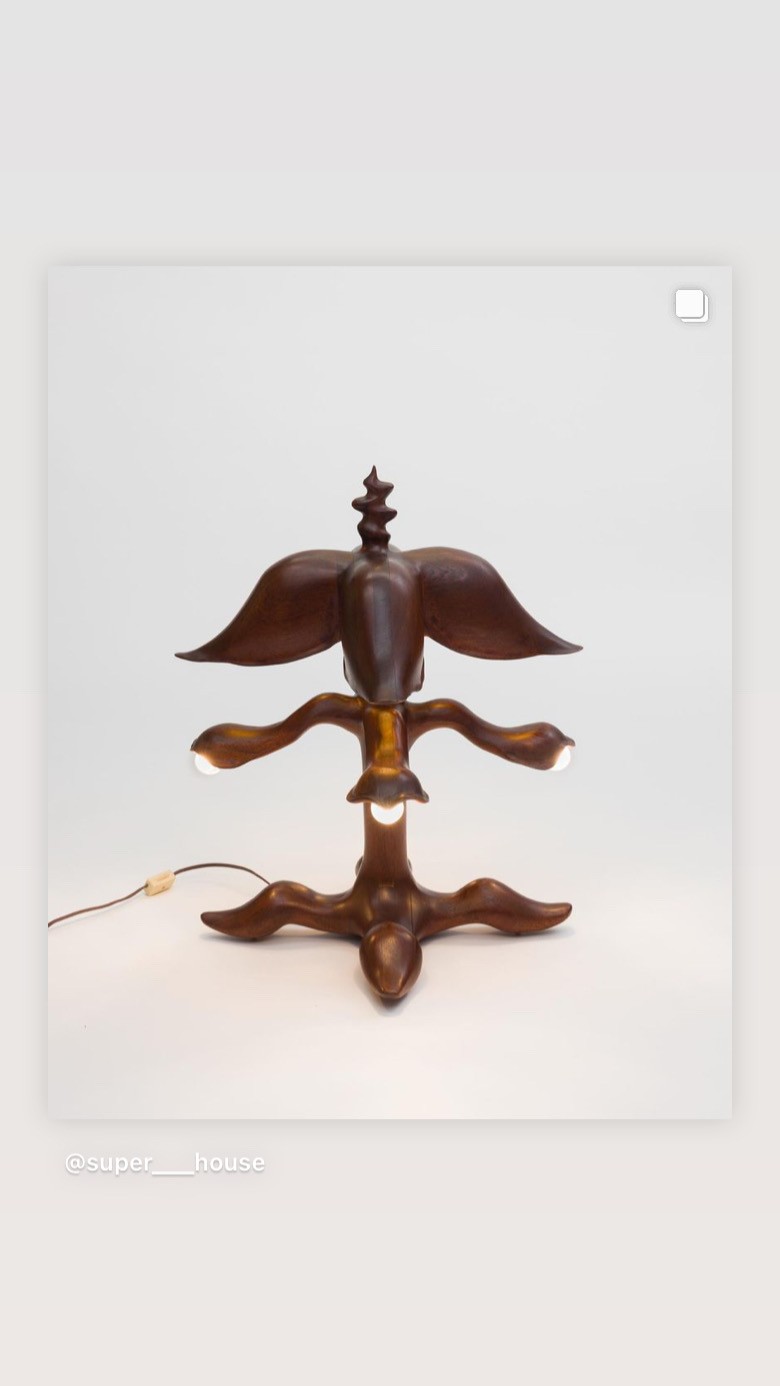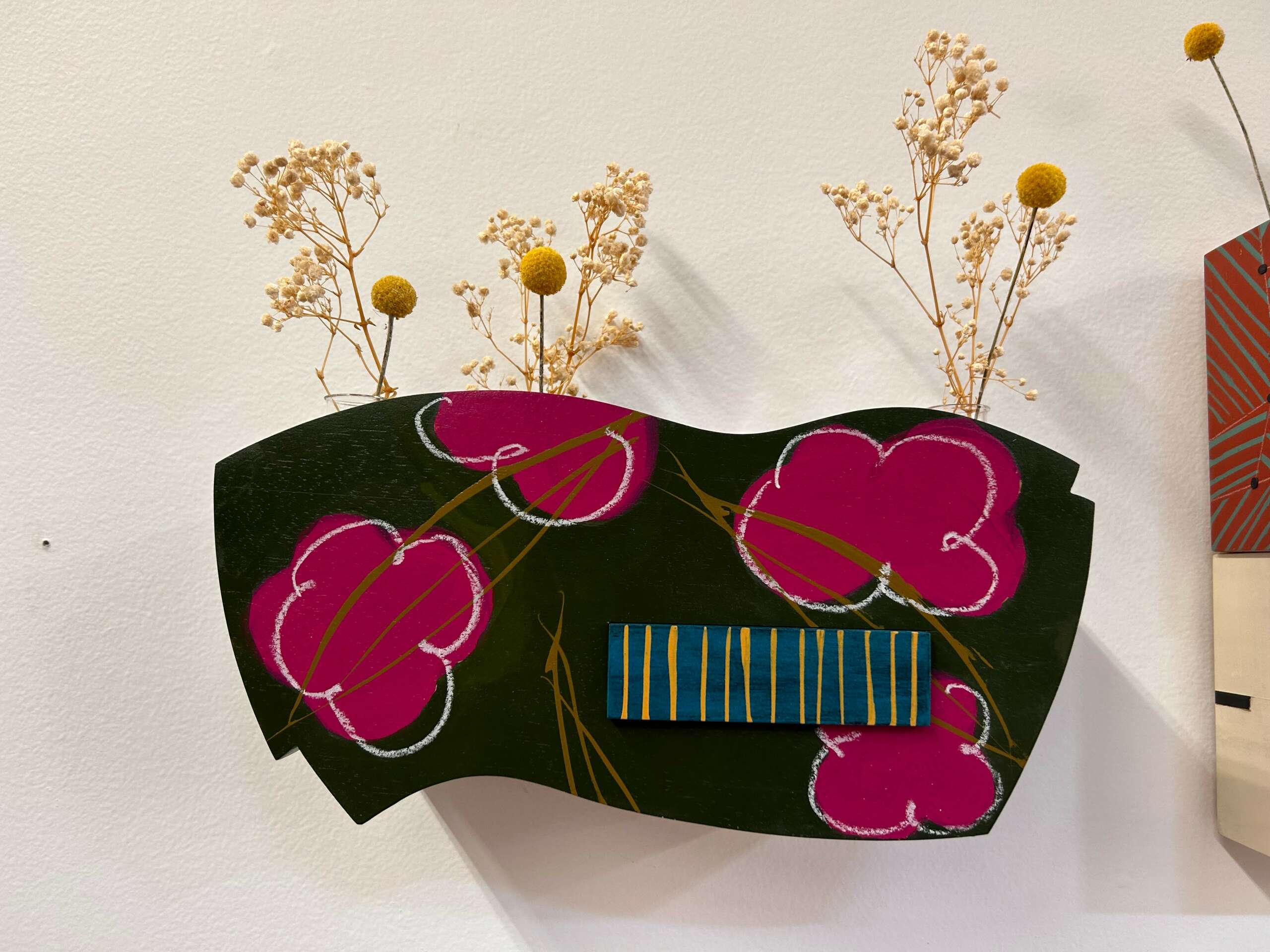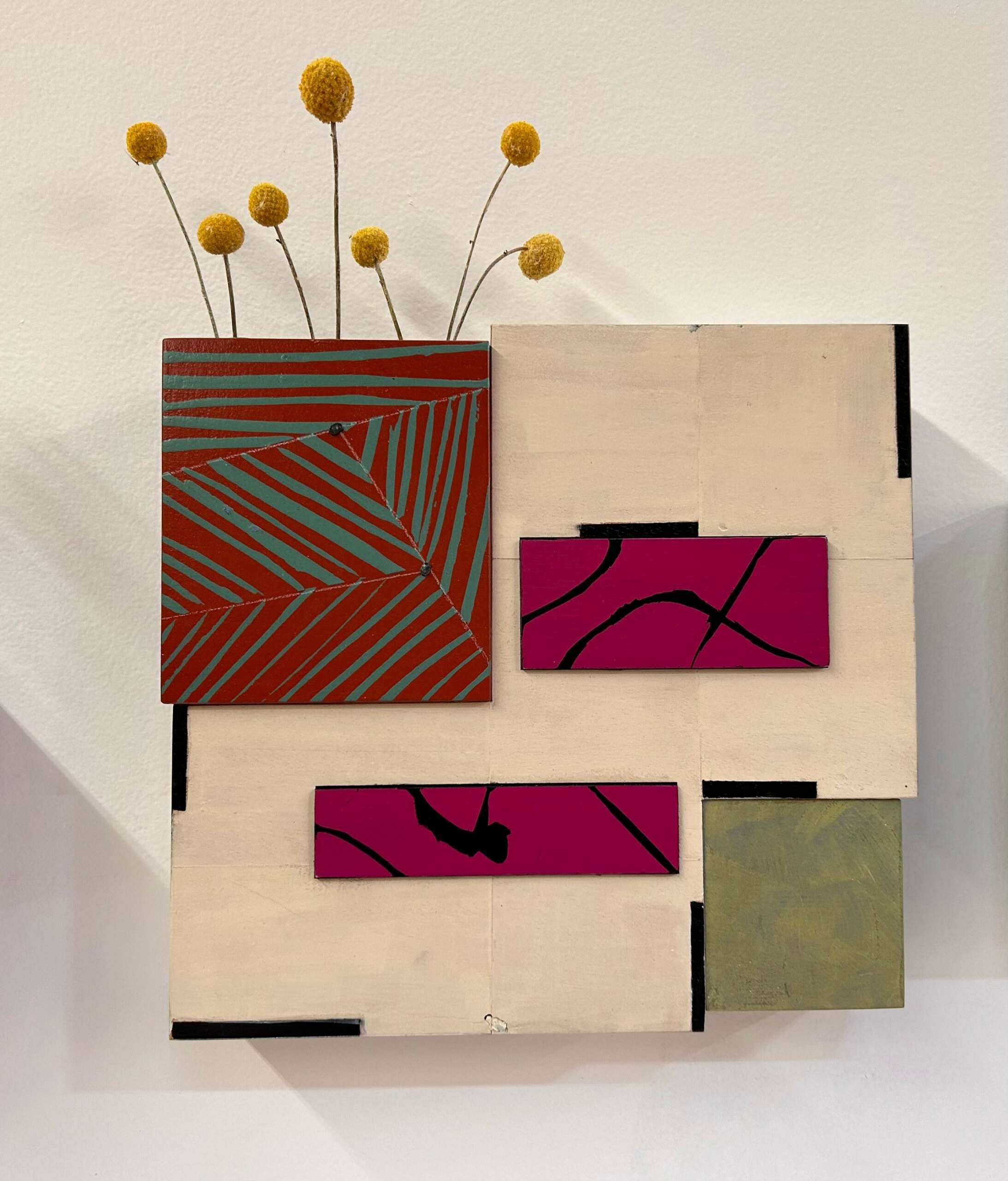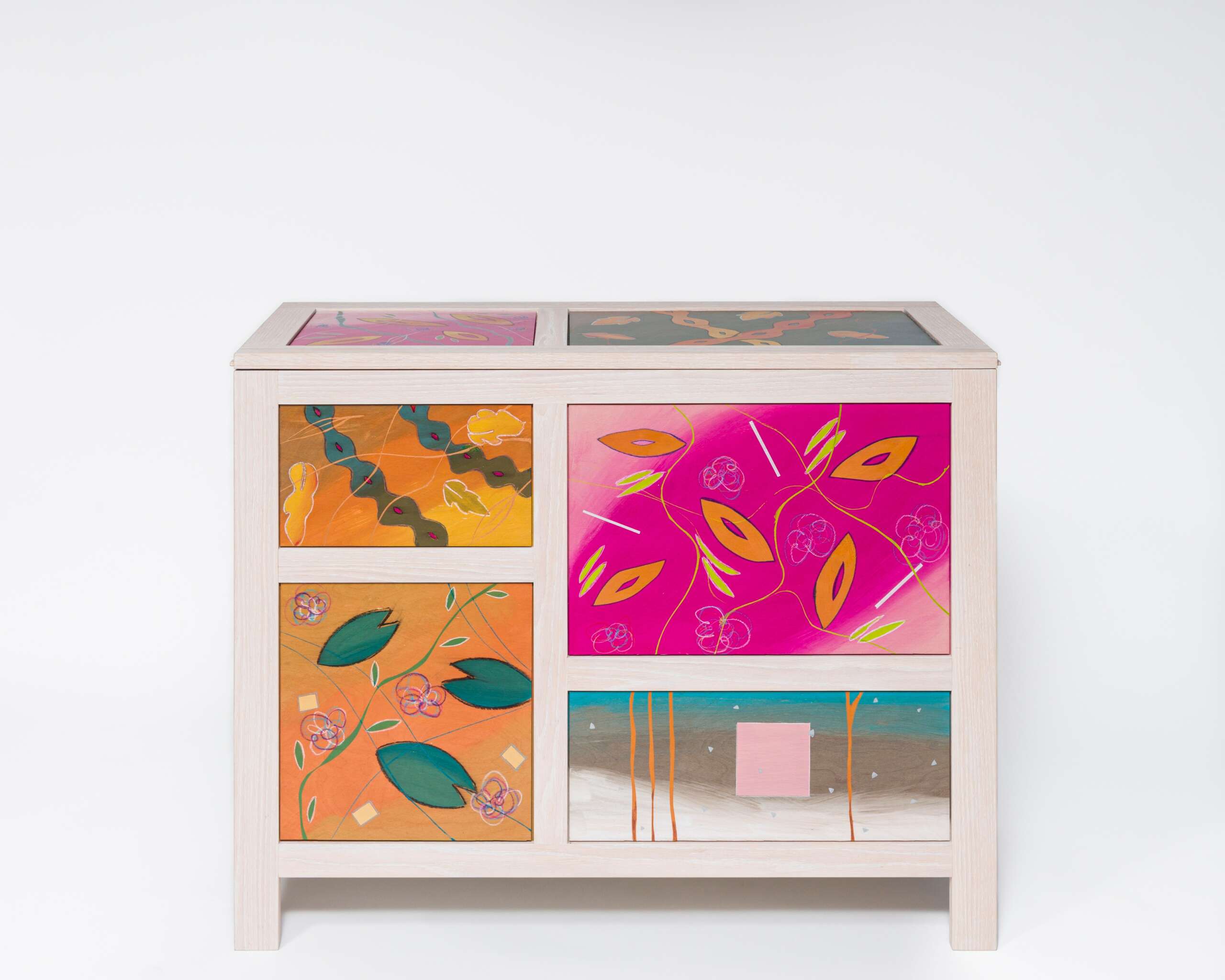Alright – so today we’ve got the honor of introducing you to Wendy Maruyama. We think you’ll enjoy our conversation, we’ve shared it below.
Wendy, thanks for joining us, excited to have you contributing your stories and insights. Has your work ever been misunderstood or mischaracterized?
Maybe being underestimated would be a more fitting term. I was born with a hearing loss and cerebral palsy but with speech and hearing therapy I have managed to join the mainstream as a young child and student through high school. I was always, always drawn to art in a variety of ways, drawing or assembling and I am sure it compensated for the hearing loss, and became a form of communication and therapy: gaining confidence by being really good at something. There are still challenges because the way I move or speak is different and always draws that first impression that might be negative.
Plus, having chosen the field of woodworking, (I was trained as a furnituremaker) being in a male dominated field was also a different challenge.
Ultimately its a triumph to be able to overcome these obstacles and to just be able to carry on.


As always, we appreciate you sharing your insights and we’ve got a few more questions for you, but before we get to all of that can you take a minute to introduce yourself and give our readers some of your back background and context?
Have you ever had to pivot?
I am incredibly grateful for this subconscious decision and the project ended up widening my personal network into the Japanese American community- I got to know my parents’ friends and their children and heard their stories, I was able to share the story with communities that knew nothing about the incarceration of 120,000 citizens.
Doing this work also emboldened me to make another series of works about wildlife preservation and the dangers of extinction.
Both projects turned out to be successful on many levels: exposure to a different audience, introduction to the museum culture, and financial stability through the sales of the work.



Learning and unlearning are both critical parts of growth – can you share a story of a time when you had to unlearn a lesson?
When I first learned woodworking, I was in an art class in college, and the methodology at that time was about creating works with an idea in your head first and then we figured out how to build it. Form and concept was first and foremost, my approach to this work back then was a bit naive and simple. It was mostly carved works, so the goal was to glue up great chunks of wood and then carve it away.
Nowadays I try to let that inner child from the 70’s back in and meld the two experiences that now forms the basis of my work,
Contact Info:
- Website: Wendymaruyama.com
- Instagram: @wendymaruyama
- Facebook: m.me/wendy.maruyama?hash=AbaxFN0GgwcT0TaV
- Linkedin: Wendy Maruyama
Image Credits
my blanket chest and lamp photo by Luis Corzo.


